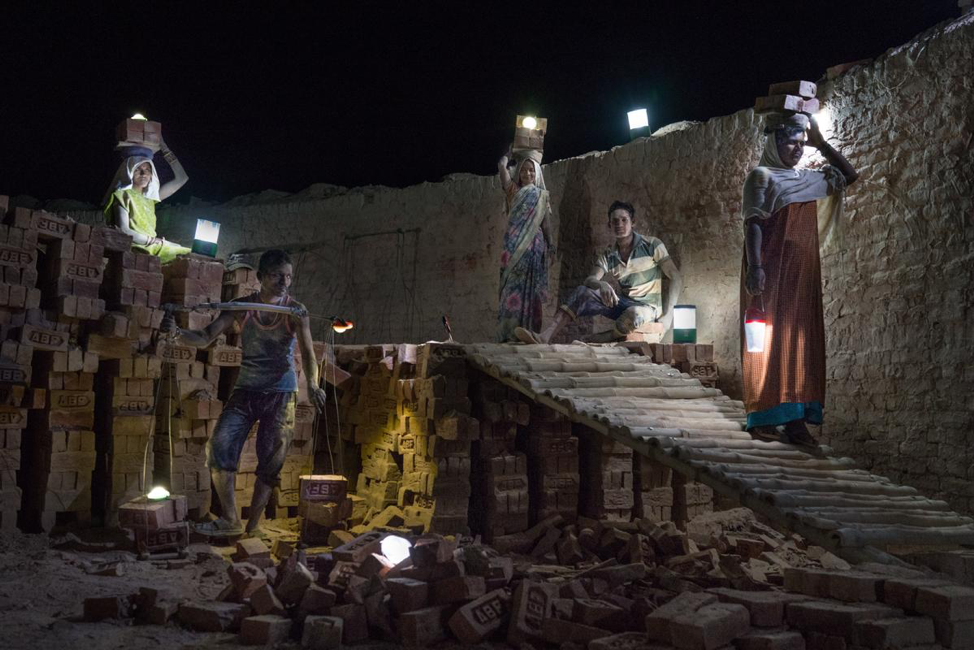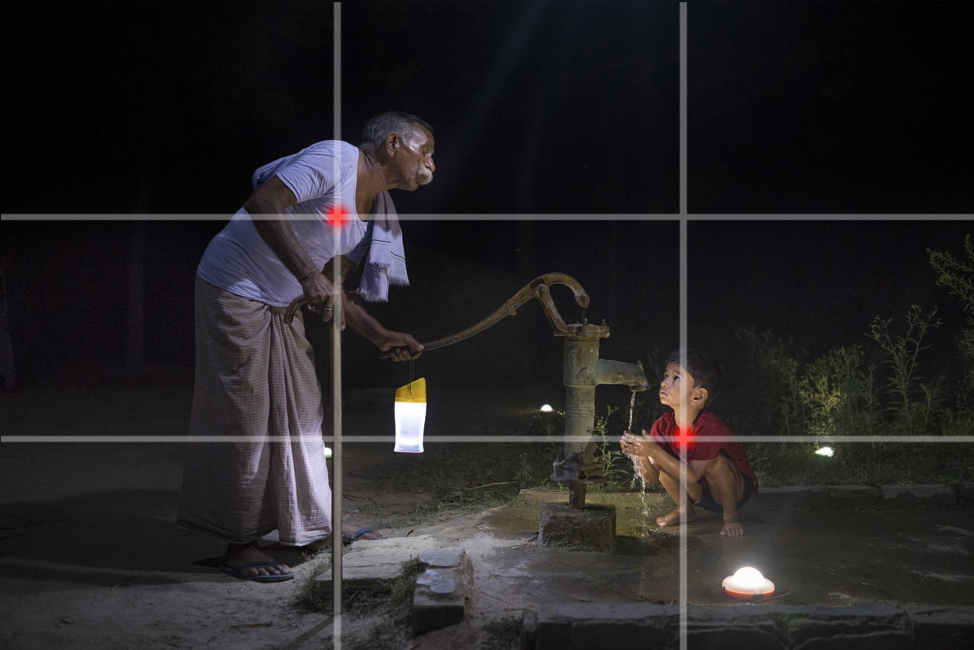Looking for some Learning Moments inspiration? Check out this post by National Geographic Contributing Photographer, Rubén Salgado. Once you’ve read the post, be sure to share some of your photos with us by participating in the Learning Moments Showcase.
Composition is the first thing I think about when I look through my camera. In terms of visual arts, the word composition means putting together or arrangement of objects and elements. It involves the overall look of the photo or how the image is framed to capture the subject in a desired way. It is one of the most important factors when creating an image it impacts both the storytelling and balance of the scenario.

Great composition incorporates almost every aspect of a frame. This includes colors, textures, lines, layout, angles, perspectives, space, and depth of field. A lot to think about right? Don’t worry, with practice this all starts becoming second nature. Many of these elements have been carefully considered when I made this picture in a brick factory in India. Believe me, it was a real production just to get this shot!

Questions to ask yourself when composing your shot are, what is the main point or points of interest in the scene you are shooting and how can you tie them together? Take a look at the above photo of women constructing a road in Myanmar. It’s obvious that I focused on the woman standing in the center, however, the other women play a very important role for our composition.

One is looking directly at our main subject. What that does is create an invisible line that our eye follows so that we don’t leave the frame.

In fact, take a look at all the natural lines which are pointing at our protagonist. These are called leading lines and they keep us focused on our main subject. Now also consider where your subject is in relation to other objects. This is to draw the viewers’ attention to our point of focus. Our eye naturally goes to the woman in the hat, right? Why is that? Firstly, she’s standing above everyone else so she stands out but also there’s an exchange happening in those lines of focus. Subconsciously your eye wants to connect the dots and stay focused on our main subject.
There are nine main tips for composition to create a compelling image. These aren’t really rules but simply suggestions or elements of design. We won’t get into all of them here but I want to point out a few important examples to look out for when framing your shots.

This is a boat driver on Inle Lake in Myanmar as well. Can you identify the leading lines in this picture? The lines are made by the perspective of the boat, horizon, and clouds. They lead your eyes into our subject.

Now let’s take a look at the yellow line above. This is an example of a technique called the Rule of Thirds. The Rule of Thirds was designed to build balance and interest in a piece, and was created by the painter John Thomas Smith in 1797. So, long before photography was invented, this technique has been in place.
It states that a frame should be divided into nine squares of equal size, with two horizontal lines intersecting two vertical lines. Here, instead of placing the horizon in the middle of the frame as one might be inclined to do, I framed it in the lower third of the frame. This gives the image more balance.

In this next photo, we see an older man fetching water with his grandson in rural India. This is another example of how one can use the Rule of Thirds when framing a composition.


Instead of placing the grandfather or grandson in the center, I framed the subjects on these intersecting points. Placing your subject in any of the grid’s four intersecting points helps draw the viewer into the composition in a natural way and makes the image more visually dynamic. This little magic grid can be very useful, especially when you’re first starting to shoot. It creates distinct sections on the canvas, that are not always perfectly symmetrical. You can use the grid lines for alignment and to ensure visual harmony.
TIP! Most cameras, including cell phones, have a setting to switch on the grid which you can use as a guideline.
So these are the basic elements of composing a great image! Look for natural lines created in your scene, choose where the eye should focus, and remember to utilize the Rule of Thirds to create harmony and balance in the frame.
Have you had a chance to submit your Learning Moment yet? Be sure to do so, here!



One comment